For audiophiles, sound quality is paramount. The right earphones can transform musical experiences into something truly extraordinary, allowing listeners to hear details that would otherwise go unnoticed. However, with countless options available, choosing the perfect pair can feel overwhelming. In this article, we’ll explore key factors that influence sound quality and provide practical tips for selecting earphones that will satisfy even the most discerning listeners.
Understanding Sound Quality: What Makes Great Audio?
Key Components of Sound Quality
To appreciate sound quality, it’s essential to understand its components: frequency response, distortion levels, and soundstage. Frequency response refers to the range of audible frequencies that the earphones can reproduce, typically measured in Hertz (Hz). A wide frequency response enables the earphones to produce everything from deep bass to crisp treble.
Distortion levels play a critical role in audio fidelity. Low distortion means that sound is reproduced as intended, without unwanted noise or artifacts. Finally, soundstage describes how spacious the audio feels. A good soundstage allows listeners to perceive the placement of instruments and vocals in a three-dimensional space, enhancing the listening experience.
Personal Listening Preferences
While these technical specifications are important, personal preference also influences what sound quality means for each individual. Some listeners may prefer a bass-heavy sound for genres like hip-hop and electronic music, while others might appreciate a more balanced sound for classical music. Understanding your own preferences can help you choose earphones that deliver the audio experience you desire.
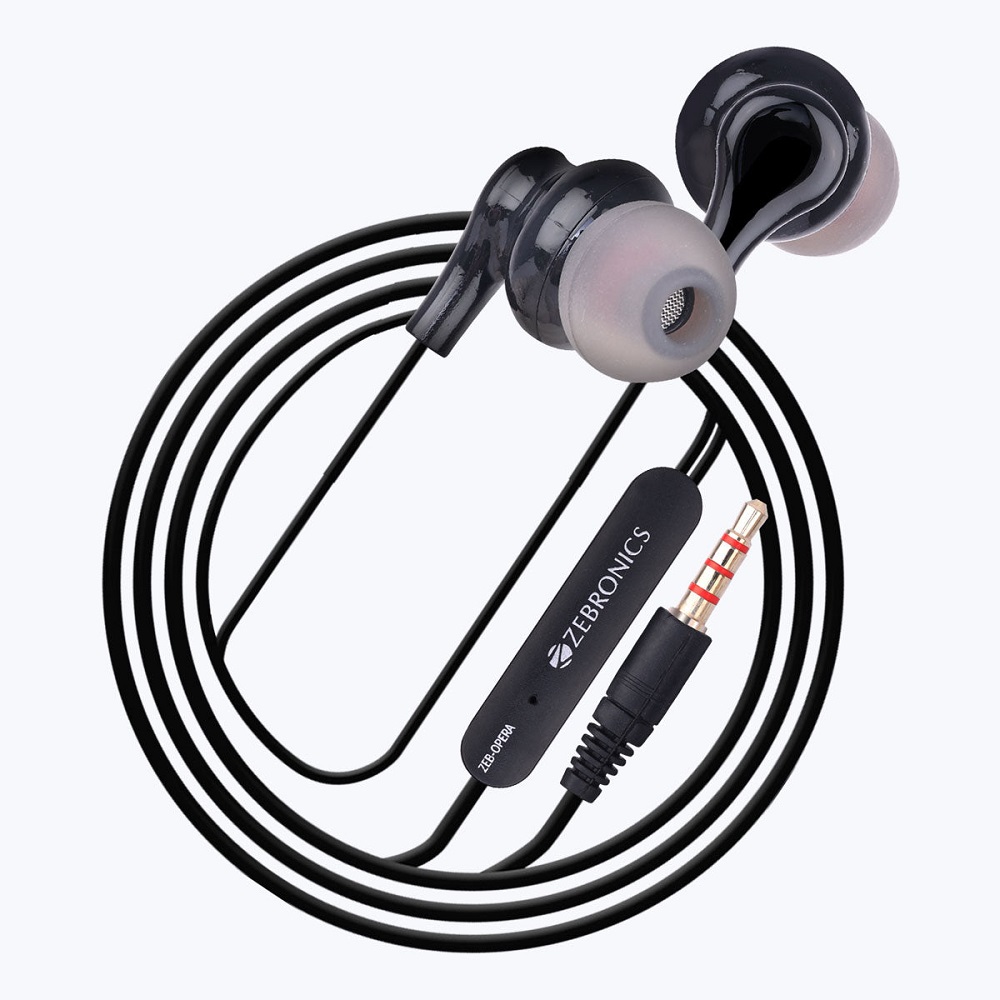
Types of Earphones: Finding the Right Fit
In-Ear Monitor (IEM) Style
In-ear monitors (IEMs) are popular among audiophiles for their ability to offer superior sound isolation and detailed audio reproduction. They fit snugly inside the ear canal, blocking out external noise and allowing for a more immersive listening experience. Many IEMs, especially high-end models, come with multiple drivers, each designed to handle specific frequency ranges, resulting in a rich sound profile. If you value portability and sound isolation, IEMs could be an excellent fit.
Over-Ear and On-Ear Options
Over-ear and on-ear headphones often provide a more comfortable fit for extended listening sessions. They encompass the ear entirely, producing a warmer sound and generally offering a better soundstage than IEMs. Audiophiles who prioritize comfort and immersive sound quality might prefer these styles, particularly for home listening sessions. Brands like Sennheiser and Audio-Technica offer high-quality over-ear headphones that deliver exceptional audio fidelity, making them solid choices for serious listeners.
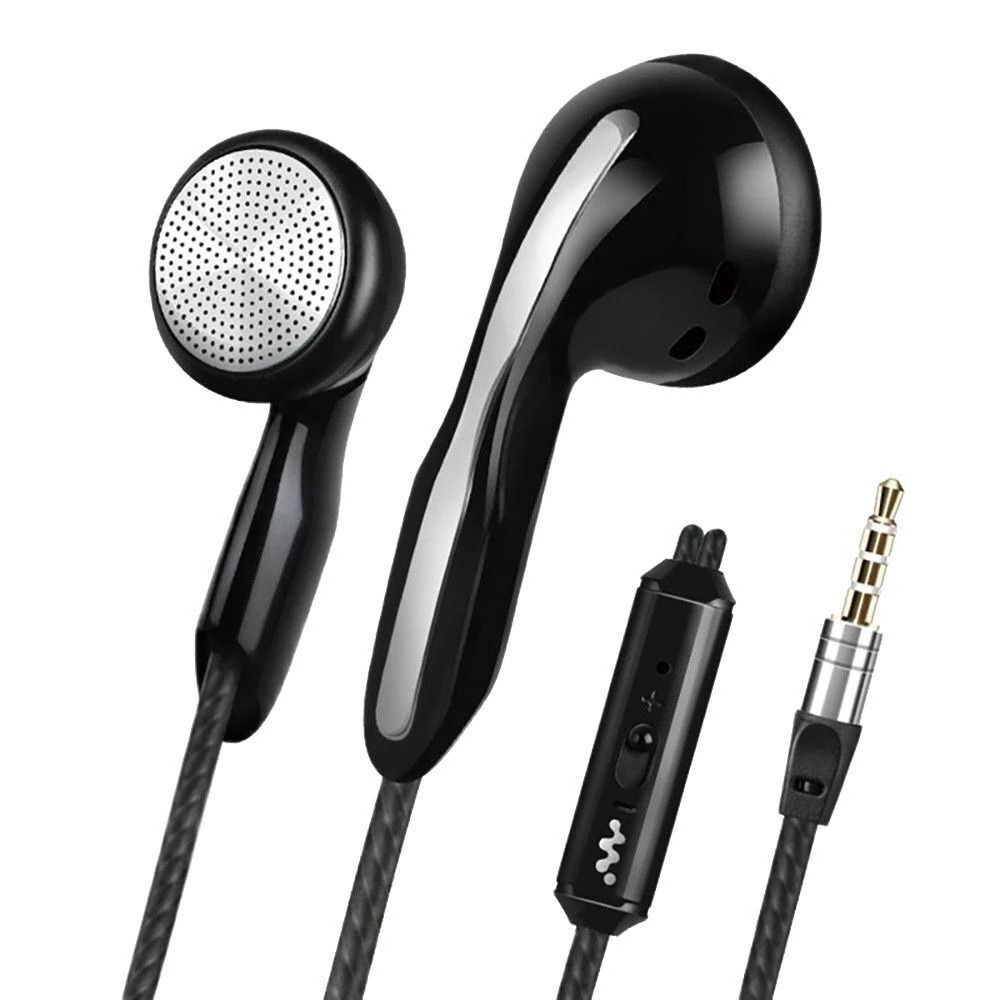
Drivers and Technology: How They Affect Sound
Dynamic vs. Balanced Armature Drivers
When choosing earphones, pay close attention to the type of drivers they use. Dynamic drivers are the most common in both wired and wireless earphones. They tend to provide a more natural sound and deliver robust bass, which many listeners enjoy.
On the other hand, balanced armature drivers offer superior clarity and detail, making them popular in high-end IEMs. Some models even combine both driver types for a more versatile audio experience. Understanding the differences will help you make an informed choice that aligns with your listening preferences.
Advanced Features
Many high-end earphones come equipped with advanced features like active noise cancellation, aptX HD codec support, and customizable EQ settings. Active noise cancellation allows for an even greater listening experience by blocking out background noise, which can be especially beneficial in crowded environments. Meanwhile, support for high-quality codecs can elevate the audio quality of streaming services. These extra features can significantly enhance your listening experience and improve sound quality, making them worth considering when selecting earphones.
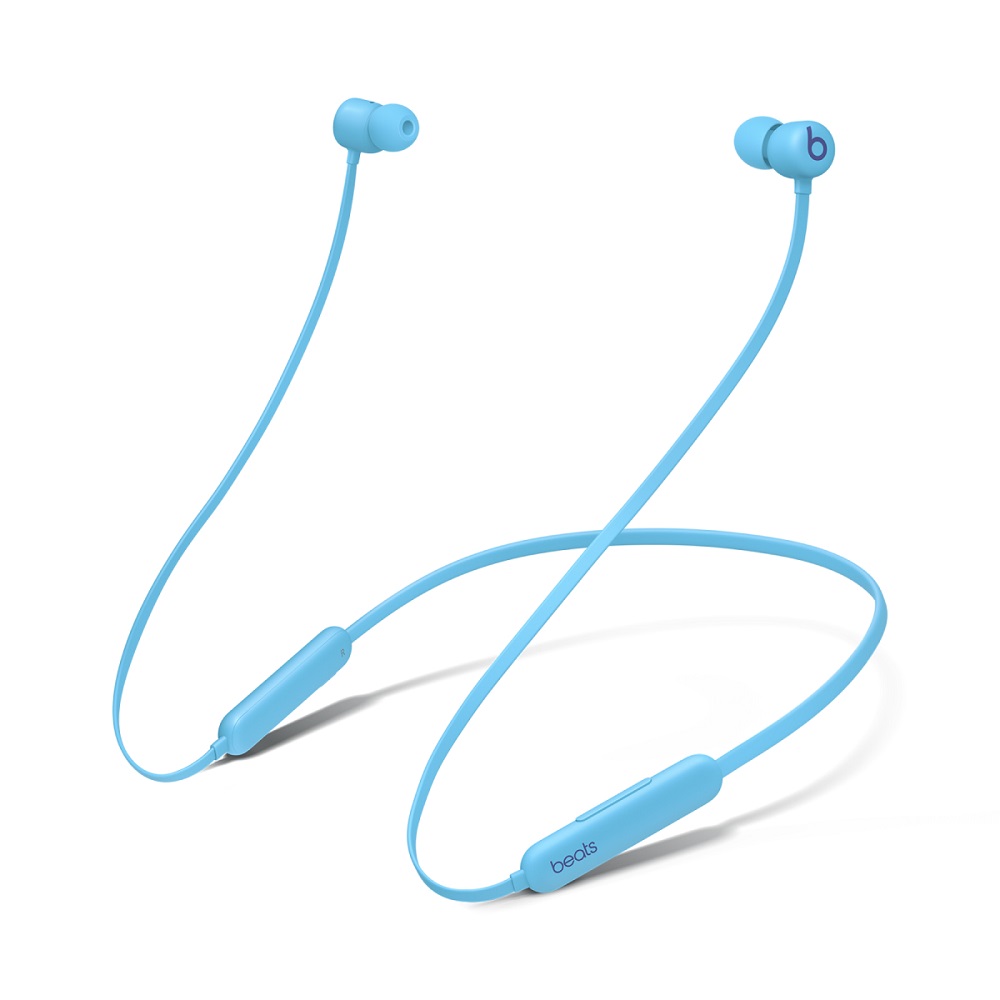
Frequency Response: Understanding the Specifications
Assessing Frequency Range
When examining earphones, focus on their frequency response range. Most earphones provide a range from 20 Hz to 20,000 Hz, which covers the full human hearing spectrum. Audiophiles should look for models with extended bass response below 20 Hz for deeper lows and higher frequency responses above 20,000 Hz for sparkling highs.
Keep in mind that numbers alone don’t determine sound quality; how a headphone responds within this range is crucial. A headphone can claim a wide frequency range but may still sound unbalanced or distorted. Reading reviews and listening for yourself can help gauge this aspect more effectively.
The Importance of Impedance
Another important specification is impedance, usually measured in ohms. Lower impedance (typically less than 32 ohms) earphones are compatible with smartphones and portable devices, making them easier to drive. However, higher-impedance earphones (above 32 ohms) can produce better sound quality when powered by appropriate amplifiers or high-quality DACs. Audiophiles planning to use their earphones with home audio systems or dedicated DACs should consider higher impedance options to ensure they get the best sound possible.
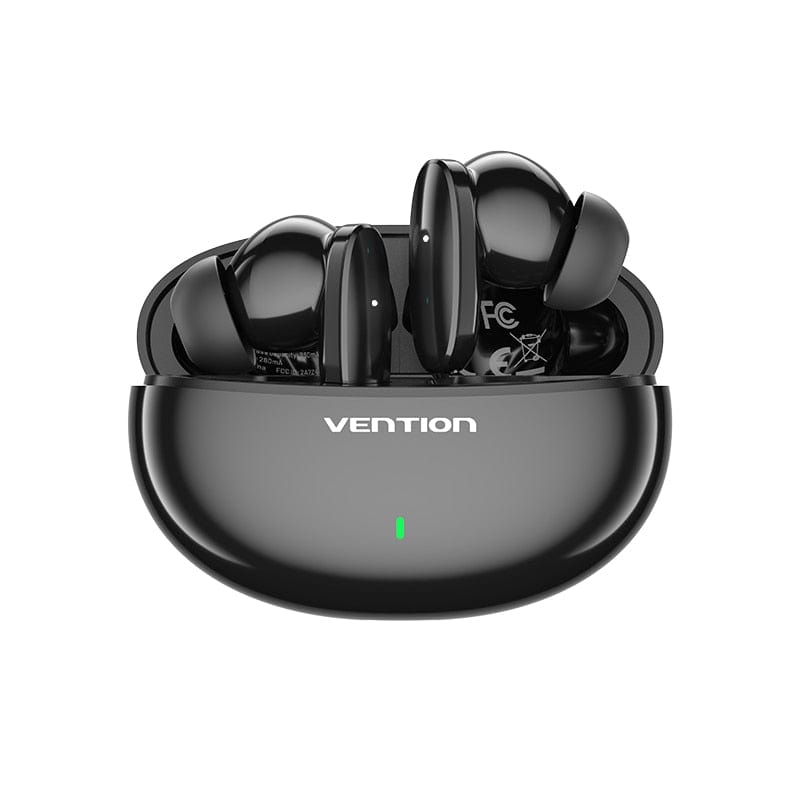
Build Quality: Enhancing Longevity and Comfort
Materials Matter
Quality materials can significantly impact both comfort and durability. Look for earphones constructed with premium materials like aluminum, stainless steel, and high-grade plastics. These materials not only improve aesthetics but also ensure longevity, making your investment worthwhile.
When it comes to ear tips, options like memory foam can enhance comfort and isolation, while silicone tips tend to offer different levels of seal based on your ear shape. Testing different materials can help you find the best combination for optimal comfort and sound isolation.
Cable Quality and Design
Cable quality also matters greatly, especially for wired earphones. Look for models with durable, tangle-free cables that feature reinforced connectors and strain reliefs, which can withstand regular use. Detachable cables can add convenience, allowing you to replace damaged cables easily without purchasing a whole new pair. Many audiophile earphones offer this option, increasing their longevity.
Price Range: Finding Value in Quality
Setting Your Budget
As an audiophile, setting a budget can determine the options available to you. Quality earphones can range from budget-friendly models to premium, high-end options. Generally, the more you invest, the more features and enhanced sound quality you’ll receive. However, many excellent models sit in the mid-range price bracket, delivering impressive performance without requiring a significant financial commitment.
Knowing Where to Invest
Identify which aspects of sound quality matter most to you before making a purchase. If you prioritize soundstage and comfort for long listening sessions, investing in over-ear headphones may be the way to go. Conversely, if portability is more important and you want excellent isolation, premium IEMs might be your best bet. Knowing where to allocate your budget can ensure you enjoy the best sound quality for your specific listening habits.
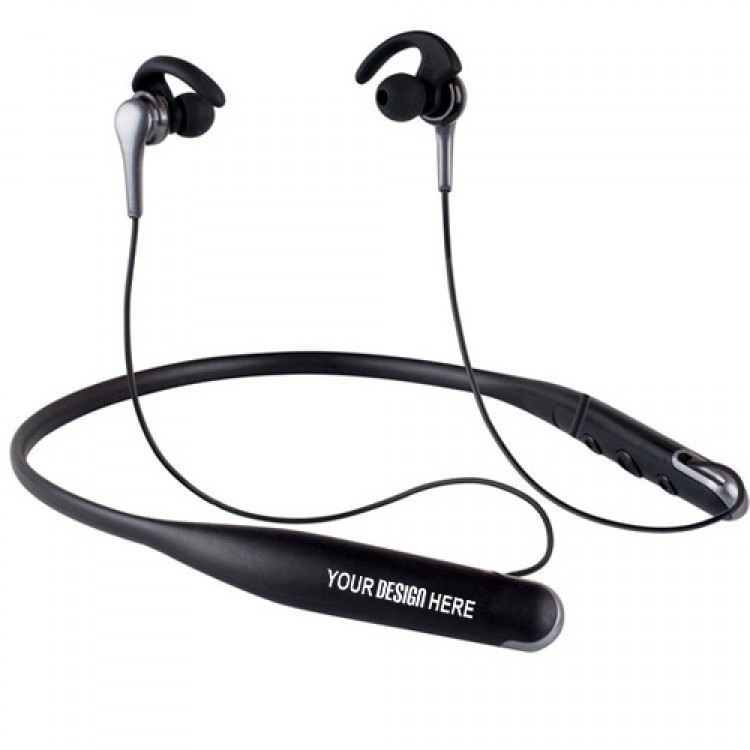
Listening Tests: Evaluating Performance
Importance of Personal Evaluation
When choosing earphones, personal listening tests are invaluable. Try to test the earphones with various genres and well-produced tracks that you are familiar with. This method will help you evaluate how well the headphones perform across different frequencies and musical styles. Brands often have demo units available in stores, allowing you to experience the sound quality firsthand before committing to a purchase.
Seek Recommendations and Reviews
In addition to personal tests, seek recommendations from fellow audiophiles, online forums, and specialized audio review websites. Look for opinions on aspects that matter to you, from build quality to sound performance. Engaging with a community of audio enthusiasts can provide insights into which headphones consistently deliver great sound, even on a budget.
Connectivity Options: Wired vs. Wireless
Understanding Your Needs
In today’s market, you’ll encounter both wired and wireless earphones, each with its set of advantages. Wired earphones generally provide a more stable connection and superior sound quality due to their direct link to the audio source. Audiophiles often prefer these as they experience less latency and can utilize high-quality DACs (Digital-to-Analog Converters) to enhance audio fidelity. However, they come with the downside of cables that can tangle or restrict movement, making them less ideal for active lifestyles.
On the other hand, wireless earphones have become increasingly sophisticated, with many now offering high-quality audio through aptX and AAC codecs. While they may sacrifice some sound quality compared to wired models, their convenience, portability, and features like touch controls and voice assistants make them appealing options for everyday users. Assess your lifestyle needs to determine whether wired or wireless options will better serve your listening habits. Ultimately, you might even find that a combination of both suits different situations, allowing you to enjoy great sound quality regardless of your circumstances.
Conclusion
Choosing earphones that satisfy audiophiles requires attention to sound quality, comfort, and build quality. By understanding key components such as frequency response, driver types, and materials, you can make informed decisions that amplify your listening experience. Remember to evaluate your personal preferences alongside the technical specifications.
With thorough research and hands-on testing, you can find earphones that strike the right balance between quality and value. Whether you opt for IEMs, over-ear headphones, or a mid-range model, the right earphones will bring your music to life, enhancing every note and rhythm. Investing time in your research ultimately pays off, allowing you to enjoy music as it was meant to be heard. Happy listening!
